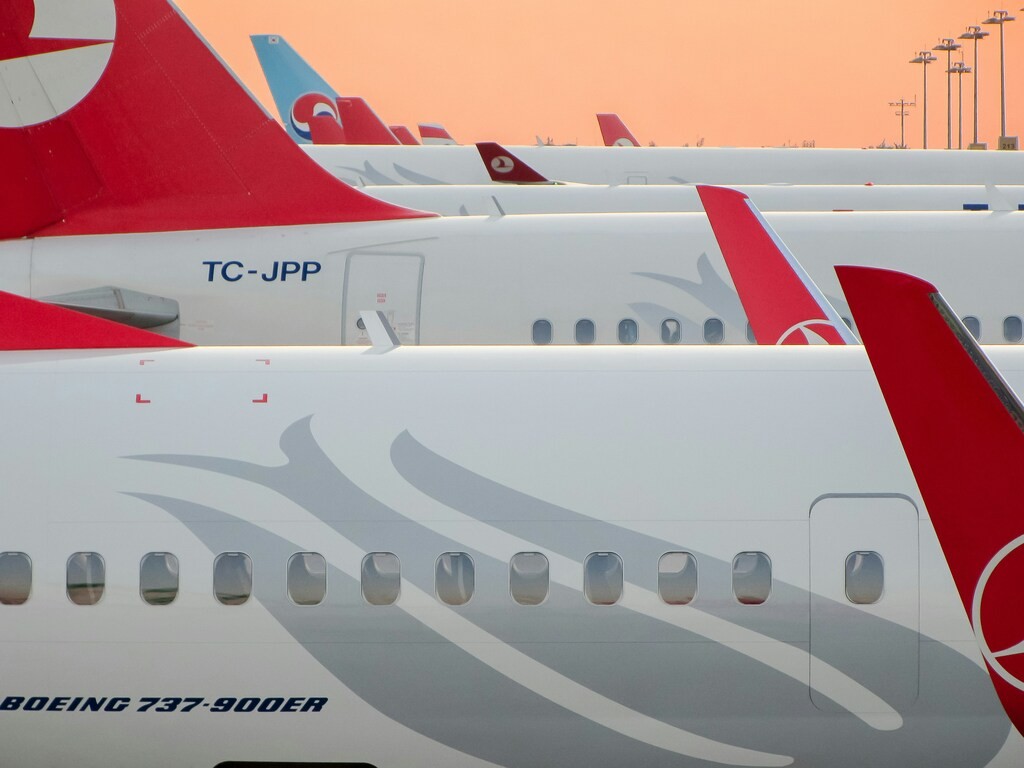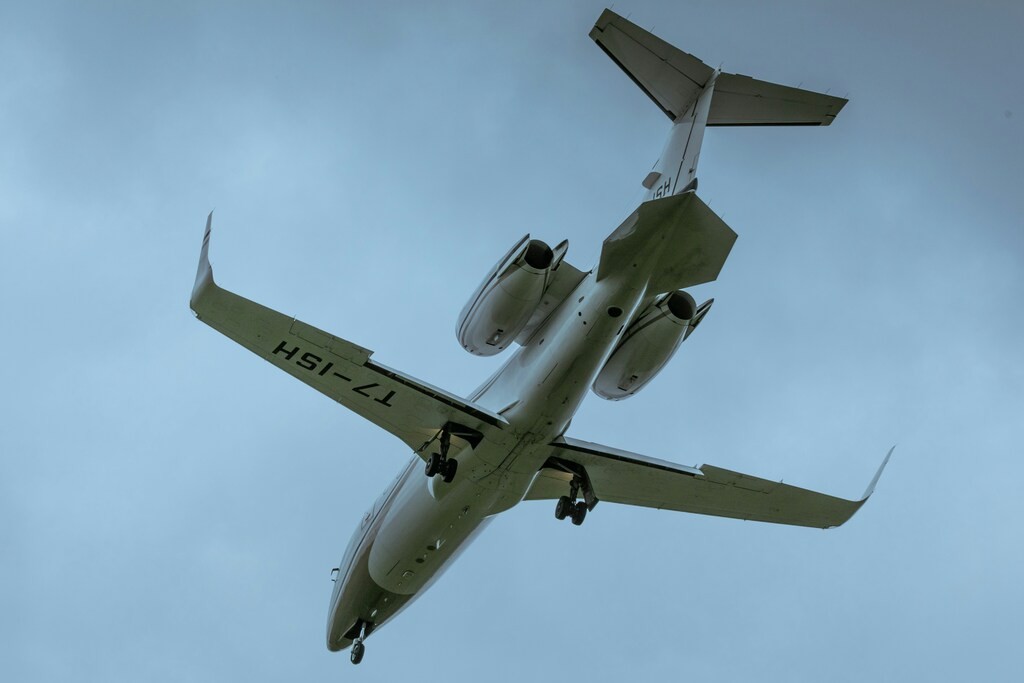In recent years, the aviation industry has witnessed a significant rise in the popularity of low-cost carriers (LCCs), revolutionizing the way people travel. These budget airlines offer an affordable alternative to traditional full-service airlines, making air travel accessible to a broader audience. However, while the allure of cheap flights is undeniable, it is essential to weigh the advantages and disadvantages before booking your next trip with a low-cost carrier.
Advantages of Low-Cost Carriers
One of the most compelling benefits of budget airlines is their affordability. By stripping down services to the bare essentials, LCCs can offer significantly lower fares compared to traditional airlines. This cost efficiency allows travelers to allocate more of their budget to other aspects of their trip, such as accommodation and activities. Additionally, low-cost carriers often operate on a point-to-point network, reducing travel time and increasing convenience for passengers flying directly between smaller or less congested airports.
Another advantage is the flexibility offered by many budget airlines. With frequent flights and numerous routes, passengers have more options when planning their itineraries. This flexibility extends to ticketing policies as well, with many LCCs providing customizable options for baggage, seat selection, and in-flight services, enabling travelers to pay only for what they need.

Disadvantages of Low-Cost Carriers
Despite the attractive pricing, there are notable downsides to flying with low-cost carriers. One significant drawback is the lack of amenities and services that come standard with traditional airlines. Passengers may need to forgo complimentary meals, beverages, and entertainment during the flight. Additionally, the cost-saving measures employed by LCCs often result in tighter seating configurations, leading to less legroom and overall comfort.
Moreover, budget airlines are known for their strict policies regarding baggage and changes to reservations. Extra fees for checked luggage, seat selection, and other add-ons can quickly accumulate, diminishing the initial savings. Furthermore, passengers may face limited customer service options and less accommodating policies in the event of delays or cancellations, potentially leading to increased stress and inconvenience.
In conclusion, low-cost carriers present a viable option for cost-conscious travelers seeking affordable airfare. However, it is crucial to consider the trade-offs in terms of comfort, services, and potential additional costs. By understanding both the pros and cons, passengers can make informed decisions and choose the airline that best suits their travel needs and preferences.
Low-Cost Carriers: Affordable Travel Options
Low-cost carriers (LCCs) have revolutionized the travel industry by offering affordable flight options to millions of passengers. These budget airlines provide a range of benefits that make air travel accessible to a broader audience.
One of the main advantages of LCCs is the significant cost savings. By focusing on essential services and eliminating frills, low-cost carriers can offer lower ticket prices compared to traditional airlines. This affordability allows travelers to save money, making it possible to fly more frequently or allocate their budget to other travel-related expenses such as accommodation and activities.
Another benefit of LCCs is the extensive network of routes they cover. Many budget airlines operate on a point-to-point model, offering direct flights between secondary airports. This model not only reduces travel time but also often leads to lower airport fees, further contributing to cost savings. Passengers can enjoy the convenience of direct flights to various destinations without the need for layovers or transfers.
Low-cost carriers also promote flexibility and spontaneity in travel plans. With frequent promotions and sales, travelers can take advantage of last-minute deals and explore new destinations without breaking the bank. This flexibility encourages a more adventurous approach to travel, enabling people to visit places they might not have considered otherwise.
Furthermore, the emergence of LCCs has spurred competition within the airline industry, leading to better services and lower prices across the board. Traditional airlines have had to adapt by offering competitive fares and improving their services to retain customers. As a result, passengers benefit from a wider range of options and improved overall travel experiences.
Despite these advantages, it is essential to consider some potential drawbacks of low-cost carriers. These may include additional fees for services such as checked baggage, seat selection, and onboard refreshments. However, for budget-conscious travelers who prioritize cost savings, these trade-offs are often acceptable.
In conclusion, low-cost carriers provide affordable travel options that have democratized air travel. By offering lower fares, extensive route networks, and promoting travel flexibility, LCCs have become a popular choice for millions of passengers worldwide. While there may be some compromises involved, the overall benefits of choosing a budget airline can make air travel accessible and enjoyable for everyone.

Benefits of Flying with Budget Airlines
Choosing budget airlines for your travels comes with a variety of advantages that appeal to a wide range of passengers. Here are some key benefits of flying with low-cost carriers:
Cost Savings
The most obvious benefit of budget airlines is the significant cost savings. These airlines offer considerably lower fares compared to traditional carriers, making air travel more accessible to a larger number of people. By cutting down on luxury services and focusing on essential travel needs, budget airlines can provide flights at a fraction of the price.
More Travel Opportunities
With lower ticket prices, passengers have the chance to travel more frequently and explore new destinations without breaking the bank. This can be particularly appealing for adventurous travelers who love spontaneous trips or for families looking to vacation on a budget. The affordability of budget airlines enables people to visit places they might not have considered before due to cost constraints.
Additionally, budget airlines often serve a wide network of routes, including to smaller, less popular destinations that might be overlooked by major carriers. This can open up new travel experiences and make it easier to reach less-touristy locations.
In conclusion, flying with budget airlines allows travelers to save money, enjoy more frequent travel opportunities, and explore a wider range of destinations. These benefits make low-cost carriers an attractive option for many passengers looking to maximize their travel experiences while minimizing expenses.
Common Drawbacks of Low-Cost Airlines
While budget airlines offer significant savings, there are several common drawbacks that passengers should be aware of before booking their flights.
Limited Amenities
- No Complimentary Food and Drinks: Unlike full-service airlines, budget carriers often do not provide complimentary meals or beverages. Passengers must purchase snacks and drinks onboard, which can add to the overall cost.
- Basic Seating: Seats on low-cost airlines are generally less comfortable, with limited legroom and fewer recline options. This can be particularly challenging on long flights.
- No In-Flight Entertainment: Many budget airlines do not offer in-flight entertainment systems, so passengers need to bring their own devices and entertainment options.
Additional Fees
- Baggage Fees: Low-cost airlines often charge extra for checked baggage, and sometimes even for larger carry-on bags. These fees can quickly add up, especially for passengers with multiple or heavy bags.
- Seat Selection Fees: Choosing a specific seat in advance usually comes with an additional fee. Otherwise, passengers are randomly assigned seats, which can be inconvenient for those traveling together.
- Priority Boarding Fees: Priority boarding, which allows passengers to board early and secure overhead bin space, often incurs an extra charge.
Operational Challenges
- Less Frequent Flights: Budget airlines typically operate fewer flights per day compared to full-service carriers. This can limit flexibility and convenience, especially in case of delays or cancellations.
- Remote Airports: To save costs, many low-cost airlines use secondary or remote airports. This can mean longer travel times to and from the airport, potentially offsetting the savings on airfare.
- Strict Policies: Low-cost carriers usually have stricter policies regarding changes, cancellations, and refunds. Passengers need to be careful when booking as flexibility is often limited.

Evaluating the Cost Efficiency of Budget Airlines
Budget airlines, also known as low-cost carriers (LCCs), have significantly transformed the aviation industry by offering affordable travel options. Evaluating the cost efficiency of these airlines involves considering various factors that contribute to their lower prices and understanding the trade-offs involved. Here are some key points to consider:
Lower Operational Costs
- Streamlined Services: Budget airlines often minimize extra services such as in-flight meals, entertainment, and seat selection, which helps reduce overall costs.
- Efficient Fleet Management: Many low-cost carriers operate a single type of aircraft, simplifying maintenance and training requirements, leading to cost savings.
- Secondary Airports: These airlines frequently use secondary or regional airports that have lower landing fees and less congestion, contributing to lower operational expenses.
Pricing Strategies
- Dynamic Pricing: Budget airlines employ dynamic pricing models where ticket prices fluctuate based on demand, time of booking, and seasonality. This strategy maximizes revenue while offering competitive fares.
- Ancillary Revenue: Additional charges for services such as checked baggage, seat selection, and priority boarding generate significant revenue, allowing airlines to keep base fares low.
Passenger Trade-offs
While budget airlines offer lower fares, passengers must consider the potential trade-offs:
- Limited Amenities: Passengers might need to forego certain comforts, such as complimentary food and drinks, in-flight entertainment, and more spacious seating arrangements.
- Strict Policies: Budget airlines often have stringent policies regarding baggage allowances, flight changes, and cancellations, which can result in additional fees if not adhered to.
- Longer Travel Time: The use of secondary airports might lead to longer travel times due to less convenient airport locations and fewer direct flights.
Conclusion
Budget airlines provide a cost-effective option for travelers willing to compromise on certain services and conveniences. By understanding the operational efficiencies and pricing strategies employed by these carriers, passengers can make informed decisions about whether the benefits of lower fares outweigh the potential trade-offs.

Comparing Ticket Prices and Hidden Fees
One of the most significant attractions of budget airlines is their low ticket prices. At first glance, these prices can be much lower than those of traditional airlines, often making them the preferred choice for cost-conscious travelers. However, it is essential to consider the full cost of flying, which includes various hidden fees that can quickly add up.
Initial Ticket Prices
Budget airlines are known for their competitive ticket pricing. They often offer special deals and discounts, making air travel accessible to a broader audience. These low prices are typically for the basic fare, which includes the seat and one small carry-on bag. Travelers can take advantage of these offers by booking well in advance or during promotional periods.
Hidden Fees to Watch Out For
Despite the appealing ticket prices, budget airlines employ a business model that relies heavily on additional fees to generate revenue. Here are some common hidden fees to be aware of:
- Baggage Fees: Most budget airlines charge extra for checked luggage and sometimes for larger carry-on bags. It's crucial to check the baggage policy before booking to avoid unexpected charges at the airport.
- Seat Selection: Choosing a specific seat, especially one with extra legroom or at the front of the plane, usually incurs an additional fee. Opting for random seat allocation can help save money.
- Onboard Services: Amenities such as meals, snacks, and beverages are often not included in the ticket price. Passengers can either bring their own or purchase them onboard at a premium.
- Booking and Payment Fees: Some airlines charge extra for booking through their website or for certain payment methods. It's advisable to review the payment options and their associated costs.
- Priority Boarding: This service allows passengers to board the plane earlier but comes at an additional cost. While convenient, it is not necessary for all travelers.
- Flight Changes and Cancellations: Flexibility comes at a price with budget airlines. Fees for changing or canceling flights can be substantial, often making it more economical to book a new ticket.
In conclusion, while budget airlines offer lower ticket prices, it is essential to be aware of the potential hidden fees that can increase the overall cost of travel. By understanding these fees and planning accordingly, travelers can better assess whether a budget airline is the most cost-effective option for their trip.
